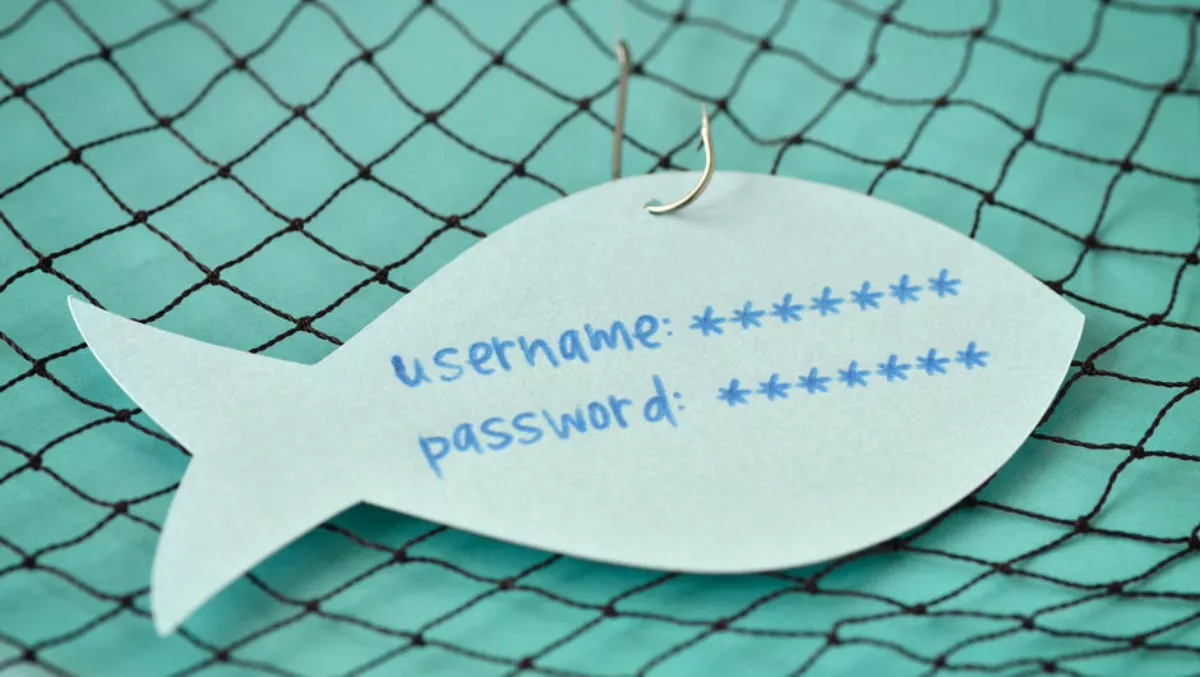
Phishing declines, but targets increase - report
Phishing actors are always innovating and creating new methods to lure victims into gaining access to their financial information, personally identifiable information, and user accounts.
Understanding the latest phishing techniques and threat actor tendencies helps position customers to stay one step ahead of phishing threats targeting their organisations.
The first 2018 quarterly iteration of the Phishing Roundup details the trends in phishing activity as observed by RiskIQ over Q1 of 2018, drawing upon data used in the Q4 Report of 2017 for comparison and recapping trends that have been seen entering into the new year.
More diversity in targets
For the second quarter in a row, Q1 saw a slight decrease of over 2% in overall phishing detections from Q4 of 2017, with 26,671 unique domains identified.
The data we observed, however, was much richer than in the past regarding targeted brands.
During Q1, RiskIQ saw a total of 299 unique brands targeted through phishing pages, up from the 259 brands we observed in Q4 of 2017.
The breakdown of the top 10 targeted brands is as follows:
- 40% financial institutions
- 20% digital transaction providers
- 10% large tech company
- 10% major health insurance provider
- 10% cloud storage provider
- 10% social media platform
As usual, the same financial institutions make up a significant portion of the top-ten targeted brands for Q1 of 2018 and much of the social media targeting trend that we observed in Q4 of 2017 is now mostly gone, which may indicate a return to tried and trusted tactics by threat actors.
However, the top 10 percentage breakdown for Q1, which includes the arrival of cloud storage providers which were not present last quarter, may indicate an overall more diverse detection of targeted brands.
This diversity of targets helps RiskIQ's detection models improve their ability to detect phishing attacks.
Detections by registrar
Hostinger proved to be a flash in the pan in Q4 2017, leading the list of registrars used by phishing URLs and then dropping out of the top-five entirely.
GoDaddy, which is no stranger to the top of this list, reclaimed its place ahead of the pack, which isn't surprising as phishing attacks, as well as the infrastructure used therein, tend to be extremely cyclical.
Detections by hosting provider
The list of top hosting providers used by phishing actors in Q1 saw more changes, with all five spots in flux and three of the five new to the list.
Phishing actors are constantly changing infrastructure, so they have shopped elsewhere in Q1 rather than using the same tools from Q4.

